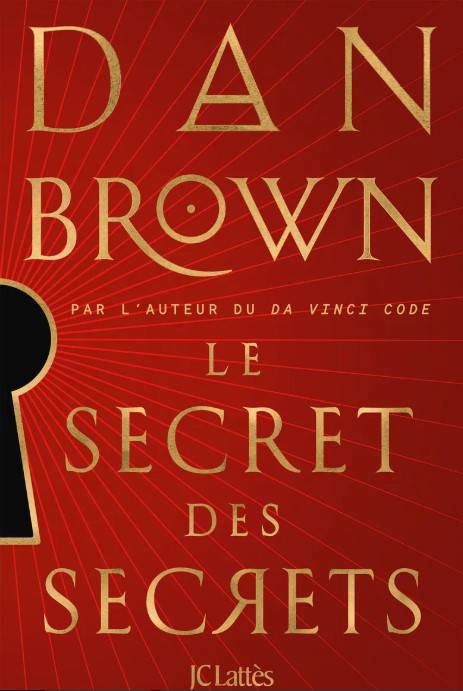
- Retrait gratuit dans votre magasin Club
- 7.000.000 titres dans notre catalogue
- Payer en toute sécurité
- Toujours un magasin près de chez vous
- Retrait gratuit dans votre magasin Club
- 7.000.0000 titres dans notre catalogue
- Payer en toute sécurité
- Toujours un magasin près de chez vous
The Battle of Tippecanoe
The History and Legacy of the American Victory That Ended Tecumseh's War
Charles River
Livre broché | Anglais
12,95 €
+ 25 points
Description
*Includes pictures *Explains the roles played by Tecumseh and William Henry Harrison before, during, and after the battle *Includes various accounts of what happened at the battle according to both sides *Includes a bibliography for further reading *Includes a table of contents The Battle of Tippecanoe, fought on November 7, 1811 near present-day Lafayette, Indiana, involved forces of fewer than 2,000 Native American warriors and white soldiers, and only about 300 men were killed or wounded on both sides. Given those numbers, it's apparent that the battle was far from being a Saratoga or a Gettysburg in terms of its scale or significance as an historical turning point, yet it was one of the most important battles in shaping American history during the early 19th century. The battle also involved an epic confrontation between two important American figures: William Henry Harrison, who would become the 9th president of the United States by running on his success in the battle, and the Shawnee war chief Tecumseh, arguably the most famous Native American leader in American history. From the American Revolution up through the Battle of Tippecanoe, Native Americans in the Old Northwest (today's Midwestern states) had been putting up stout resistance to that region's settlement by white land speculators and settlers. Things came to a head when Tecumseh and his brother, the Prophet Tenskwatawa, spearheaded a movement in the region that greatly influenced the area's Native Americans. In 1806, Harrison began to publicly denounce Tenskwatawa to other tribal leaders, calling him a fraud and charlatan, but the Shawnee Prophet responded by accurately predicting a solar eclipse, which embarrassed Governor Harrison, and after this event, which tribal leaders took as a sign of Tenskwatawa's authenticity, his movement grew even more rapidly. By 1808, Tenskwatawa and his followers had moved west and founded a large, multi-tribal settlement near the confluence of the Tippecanoe and Wabash Rivers, called Prophetstown or Tippecanoe. Assisted by his brother Tecumseh, Tenskwatawa's settlement grew tremendously and eventually became the largest Native American settlement in the region. It also served as a Native American cultural center and provided a steady cadre of warriors ready to hear the Prophet's message that they should return to their ancestral lifestyles and force the white settlers and their culture out of their territory. Although accounts of the battle conflict, all agree that sentinels aroused the main body of the American troops when they detected Native American warriors attacking the Americans' perimeter from the south. The initial Native American attack struck the southern point of the defensive perimeter around 4:30 a.m. on November 7, 1811, and almost immediately the warriors rushed in among the American defenders manning that sector. Soldiers defending the southern side of the perimeter suffered the highest casualties, with the Yellow Jackets suffering a 30% casualty rate, but in fighting lasting about two hours Harrison's force of roughly 1,000, suffered only 62 dead and about 120 wounded. As the sun rose, the warriors began running low on ammunition, and the light revealed their small numbers, leading them to break off the attack and retreat towards Prophetstown. The battle was hardly a decisive victory, but at the end of the fighting the Americans still held their perimeter, allowing them to claim victory. While Tippecanoe was clearly not a total victory, and Native American resistance would continue through the War of 1812, the battle is widely considered the end of Tecumseh's War and did help bring about the decline of Native American ascendancy in the region. The Battle of Tippecanoe: The History and Legacy of the American Victory That Ended Tecumseh's War analyzes the background that led up to the battle and its aftermath.
Spécifications
Parties prenantes
- Auteur(s) :
- Editeur:
Contenu
- Nombre de pages :
- 56
- Langue:
- Anglais
Caractéristiques
- EAN:
- 9781506143477
- Date de parution :
- 08-01-15
- Format:
- Livre broché
- Format numérique:
- Trade paperback (VS)
- Dimensions :
- 152 mm x 229 mm
- Poids :
- 86 g

Les avis
Nous publions uniquement les avis qui respectent les conditions requises. Consultez nos conditions pour les avis.






